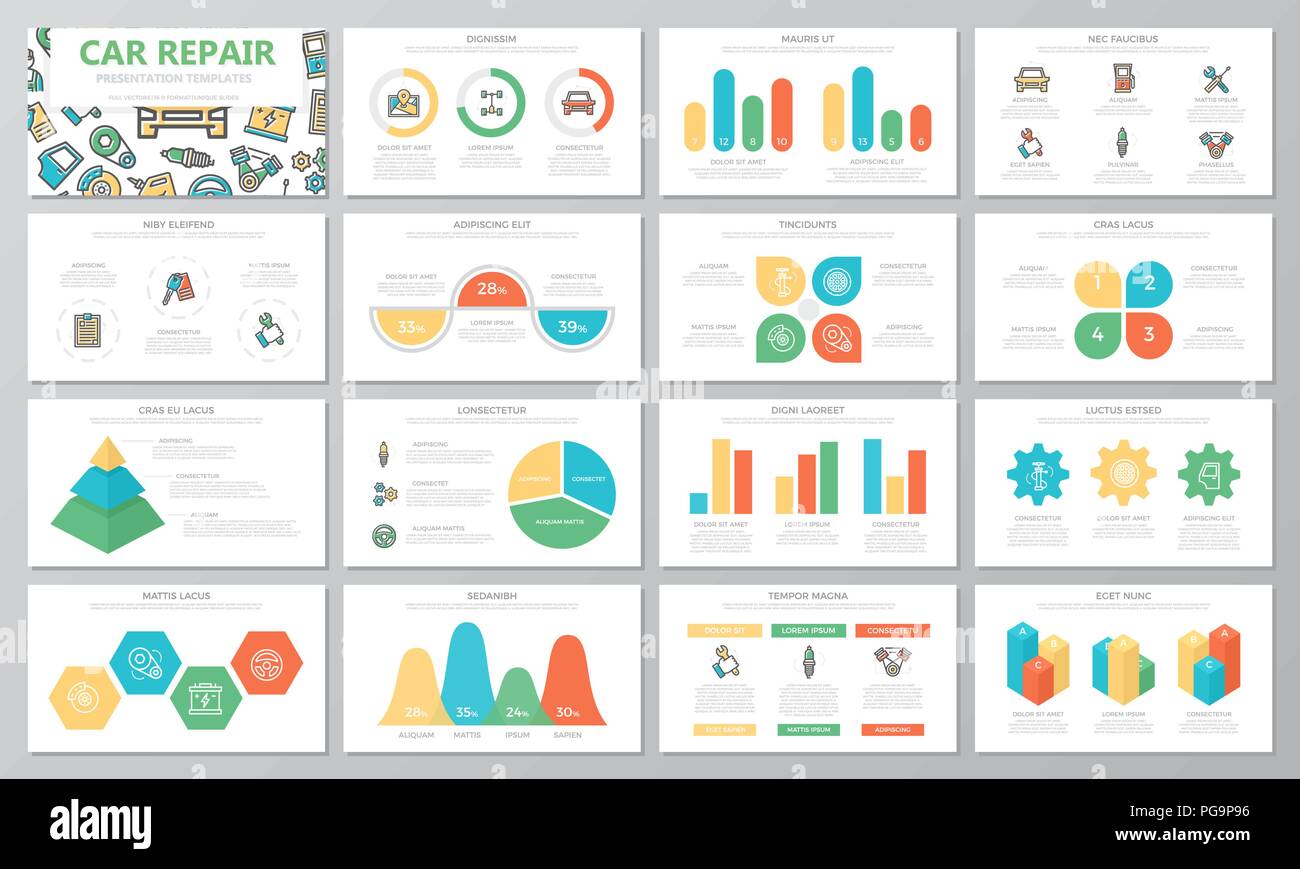Translating Your Car'S Caution Indicators: What They Really Signify
Translating Your Car'S Caution Indicators: What They Really Signify
Blog Article
Written By-Termansen Winters
When you're behind the wheel, those glowing warning lights on your control panel can be a little bit perplexing. Do you recognize what they're trying to inform you regarding your cars and truck's wellness? Recognizing the relevance of these lights is important for your security and the long life of your vehicle. So, the next time one of those lights appears, wouldn't you want to understand its message properly and take the required actions to address it?
Common Warning Lights and Interpretations
Determine typical caution lights in your automobile and understand their significances to ensure secure driving.
The most typical warning lights consist of the check engine light, which signifies concerns with the engine or discharges system. If this light comes on, it's essential to have your automobile checked quickly.
The oil stress alerting light shows reduced oil stress, requiring prompt focus to prevent engine damage.
A blinking battery light could recommend a damaged billing system, potentially leaving you stranded if not dealt with.
The tire pressure monitoring system (TPMS) light alerts you to low tire pressure, affecting automobile stability and gas performance. Disregarding https://louisqmgbw.ttblogs.com/11721551/mobile-cars-and-truck-detailing-convenience-satisfies-high-quality-for-your-automobile can lead to risky driving conditions.
The abdominal muscle light suggests an issue with the anti-lock stopping system, endangering your capability to quit quickly in emergencies.
Lastly, the coolant temperature level warning light warns of engine overheating, which can lead to serious damages otherwise fixed quickly.
Recognizing these typical caution lights will assist you resolve concerns without delay and preserve secure driving problems.
Relevance of Prompt Interest
Understanding the typical caution lights in your automobile is only the primary step; the relevance of without delay attending to these cautions can't be emphasized sufficient to ensure your security when traveling.
When a caution light brightens on your dashboard, it's your cars and truck's method of communicating a prospective issue that requires focus. Overlooking these cautions can result in much more severe troubles in the future, jeopardizing your safety and possibly costing you a lot more in repairs.
Motivate focus to cautioning lights can prevent break downs and crashes. As an example, a flashing check engine light can suggest a misfire that, if left neglected, could create damages to the catalytic converter. Resolving this quickly can save you from an expensive fixing.
Likewise, a brake system cautioning light could signify low brake fluid or used brake pads, essential components for your safety when driving.
Do It Yourself Troubleshooting Tips
If you observe a warning light on your control panel, there are a couple of do it yourself troubleshooting pointers you can attempt prior to looking for professional help.
The very first step is to consult your vehicle's handbook to recognize what the certain caution light indicates. Occasionally the problem can be as easy as a loose gas cap setting off the check engine light. Tightening the gas cap may deal with the trouble.
https://www.ktnv.com/news/auto-parts-on-waitlists-due-to-supply-chain-shortage is a reduced battery, which can activate various cautioning lights. Checking the battery connections for deterioration and ensuring they're safe and secure might repair the issue.
If a caution light persists, you can try resetting it by disconnecting the vehicle's battery for a couple of minutes and afterwards reconnecting it. Additionally, inspecting your automobile's liquid degrees, such as oil, coolant, and brake fluid, can assist fix warning lights associated with these systems.
Verdict
In conclusion, recognizing your car's warning lights is crucial for keeping your vehicle running smoothly and securely. By quickly addressing these notifies and recognizing what they mean, you can prevent costly repair work and potential failures.
Keep in mind to consult your car's guidebook for particular details on each alerting light and do something about it accordingly to guarantee a trouble-free driving experience.
Stay notified, stay safe when driving!
